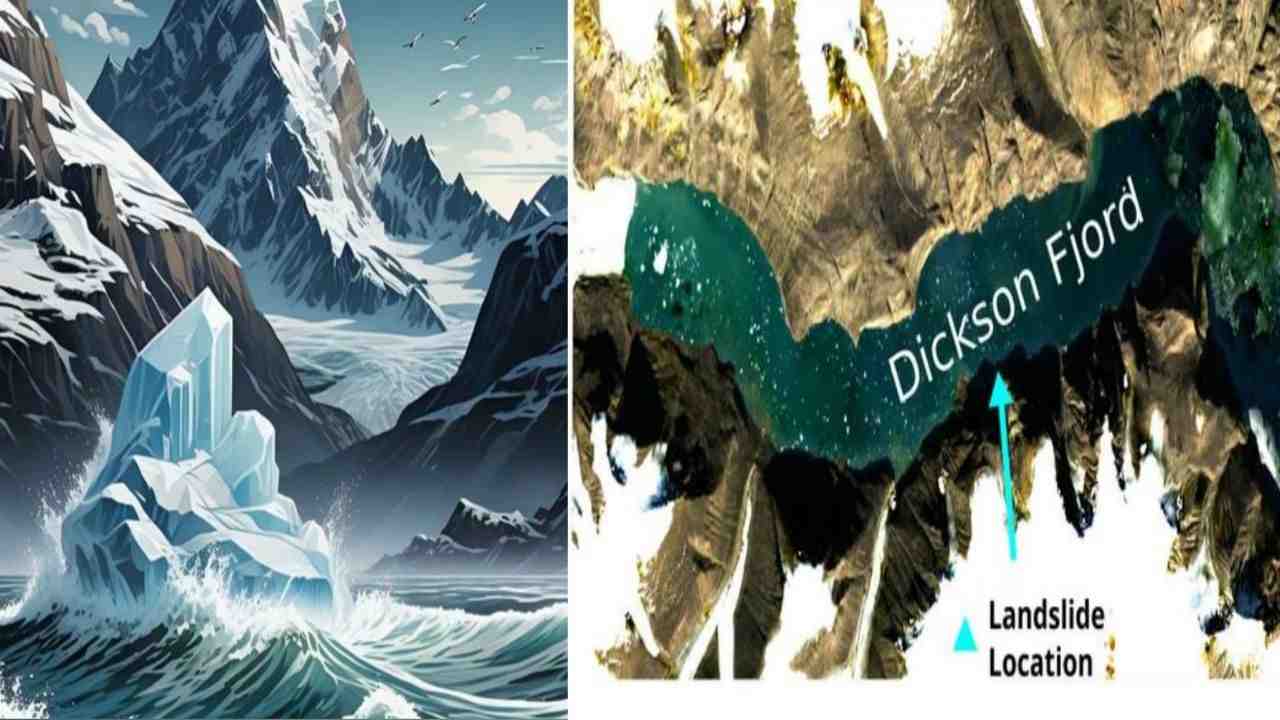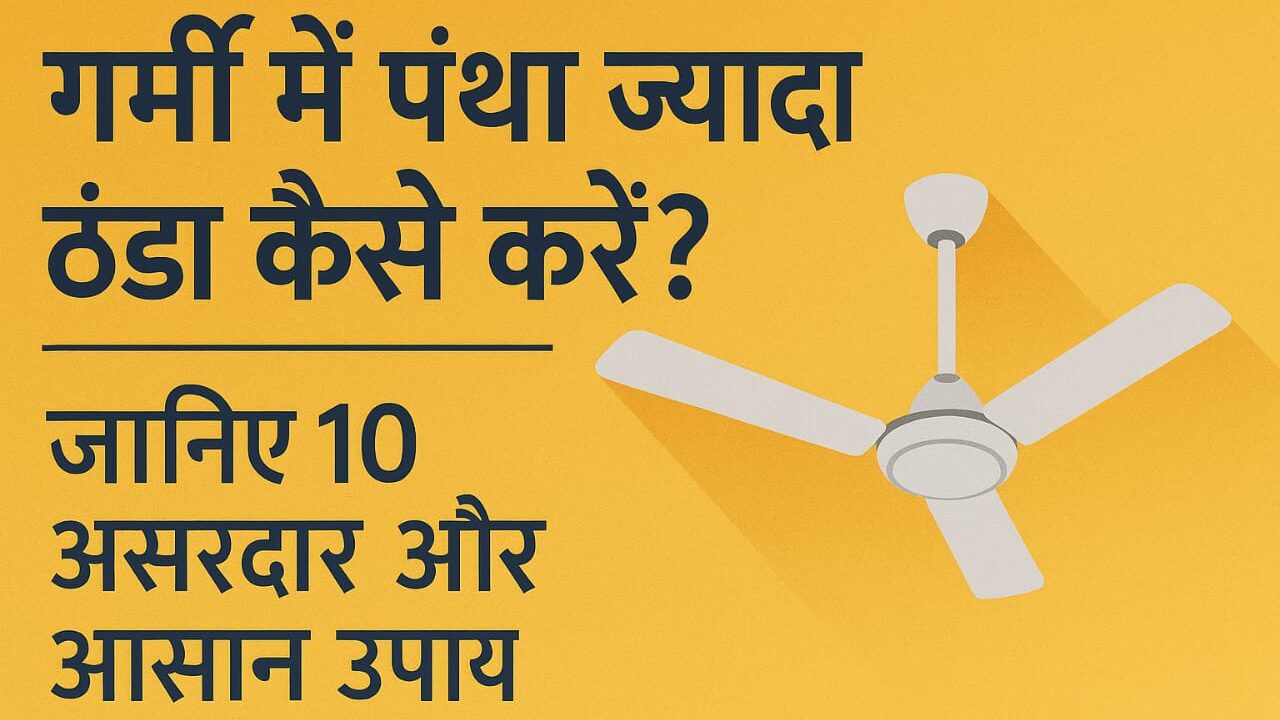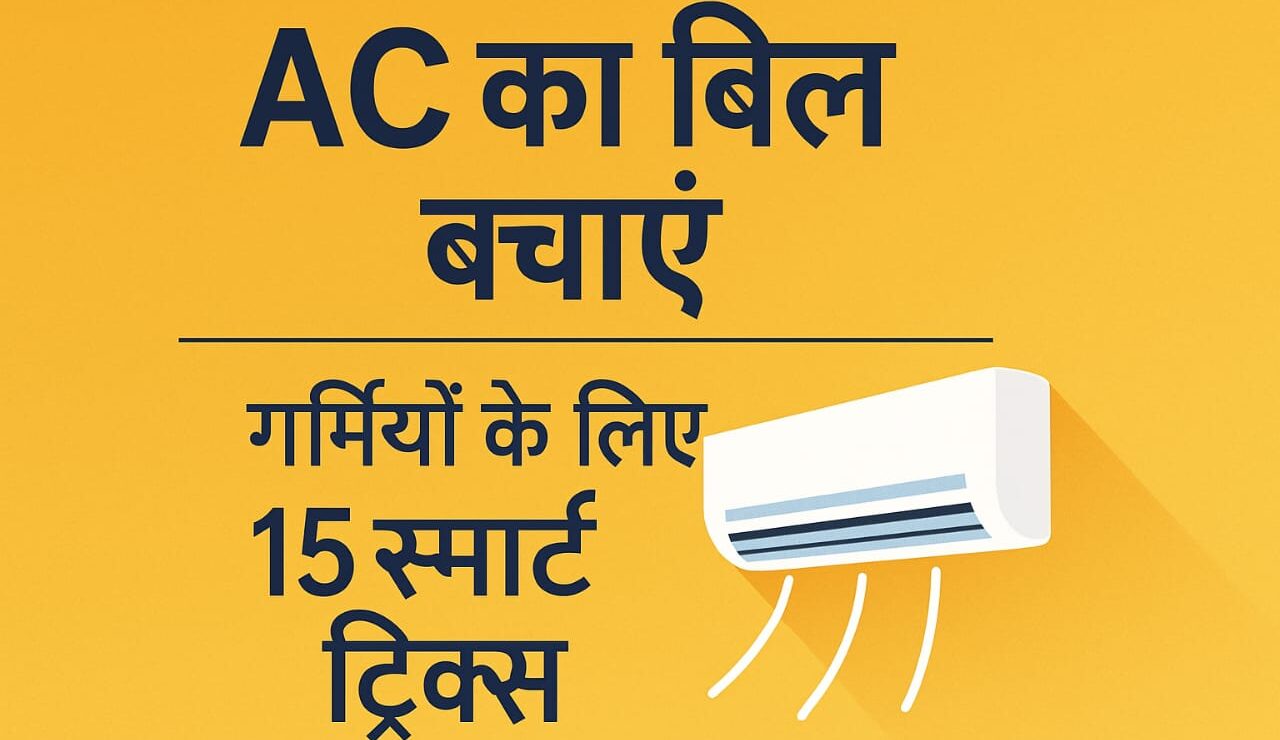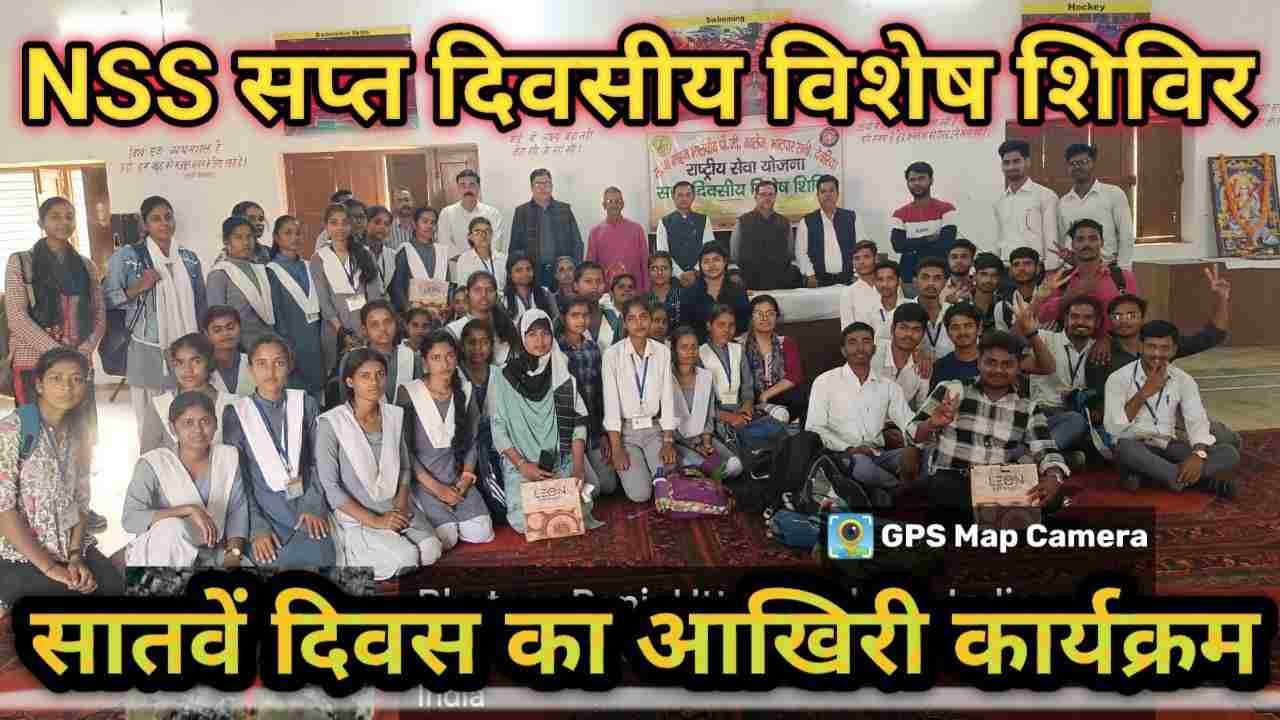What causes a solar eclipse? Learn in simple English how solar eclipses happen, types of eclipses, shadow formation, and what “Path of Totality” means.
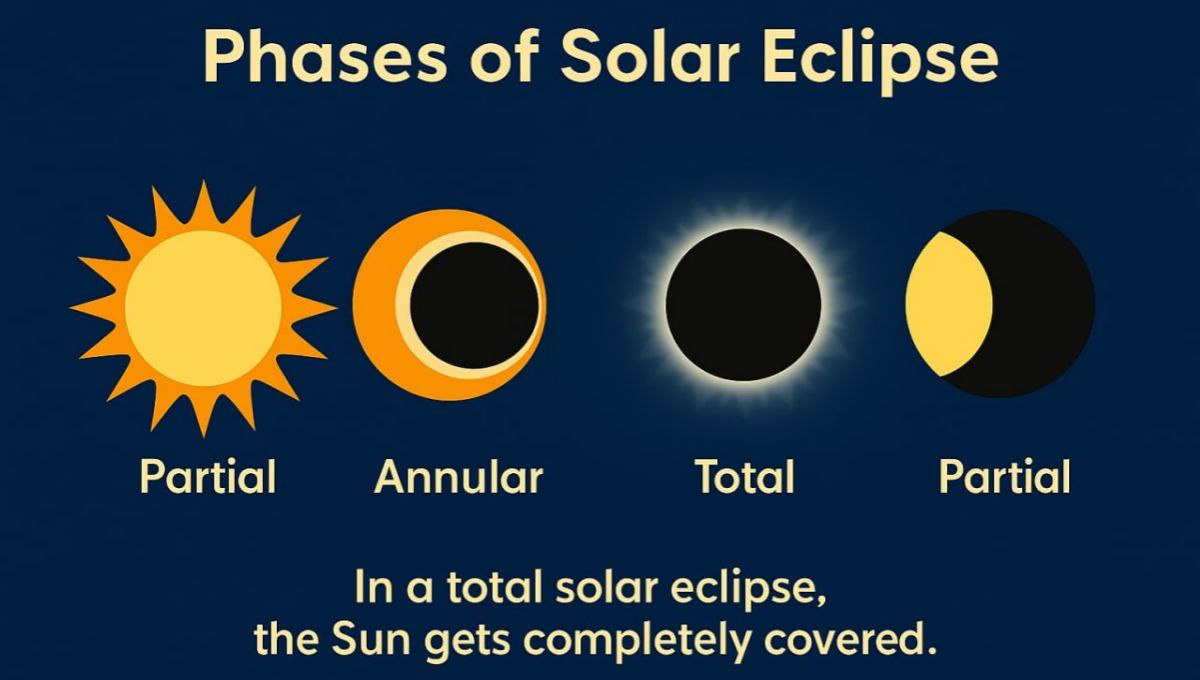
What Is a Solar Eclipse?
A solar eclipse happens when the Moon moves between the Earth and the Sun and blocks the Sun’s light. This creates a temporary darkness during daytime. The Moon casts a shadow on the Earth, and it looks like day has turned into night for a short time.
Why Doesn’t It Happen Every Month?
The Moon’s orbit is slightly tilted compared to Earth’s orbit around the Sun. So the Sun, Moon, and Earth don’t align perfectly every month. A solar eclipse only occurs when all three bodies come into a straight line, and the Moon is directly in between the Sun and Earth.
Types of Solar Eclipses
There are mainly two types of solar eclipses:
- Total Solar Eclipse: When the Moon completely covers the Sun, and daylight turns into complete darkness.
- Annular Eclipse: When the Moon is slightly farther from Earth and doesn’t fully cover the Sun, creating a glowing “ring of fire.”
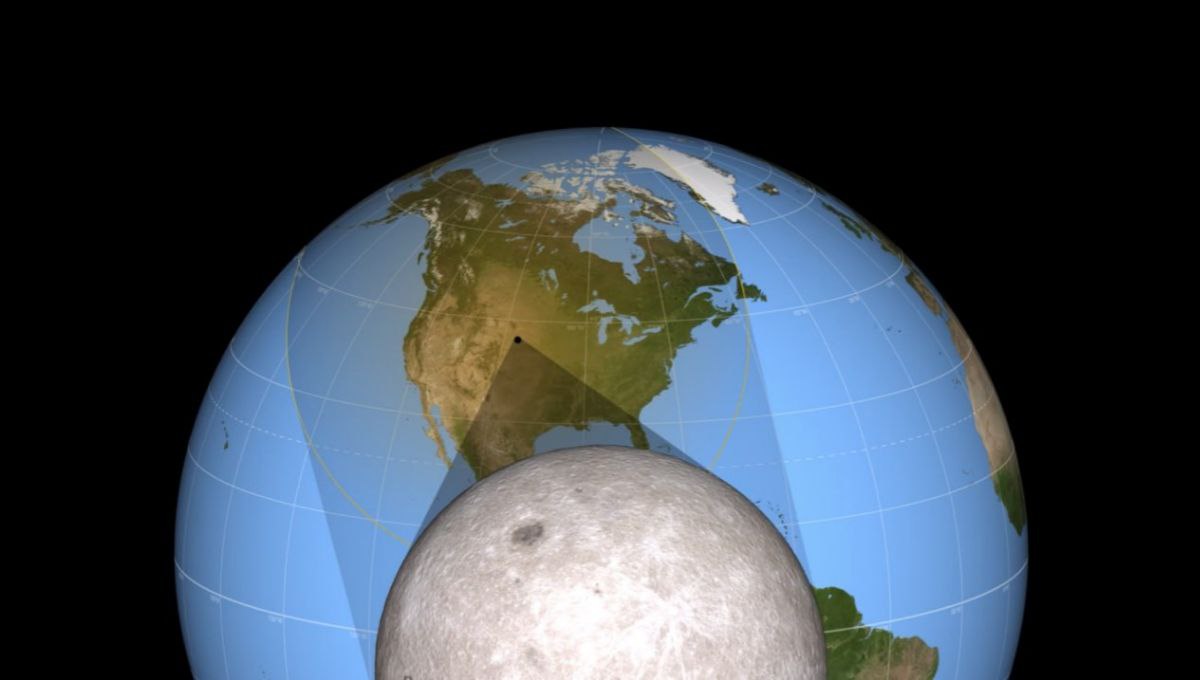
Why Do the Sun and Moon Look the Same Size?
In reality, the Sun is 400 times larger than the Moon but also 400 times farther away. This lucky coincidence makes them appear the same size from Earth, which is why total solar eclipses are possible. Earth is the only planet where such an eclipse can be perfectly seen.
Read This Also…
Joe Root, Biography England’s Test Maestro, Records, IPL Debut & Full Career Journey in 2025
How Often Do Solar Eclipses Happen?
Solar eclipses occur 2 to 4 times a year, but a total solar eclipse at one specific location happens only once every 18 months or longer. Seeing a total eclipse depends on your location.
What Shadows Are Formed?
There are two kinds of shadows created by the Moon:
- Umbra: The darkest part of the shadow. If you’re in this region, you’ll see a total eclipse.
- Penumbra: A lighter shadow. Here, you’ll see only a partial eclipse.
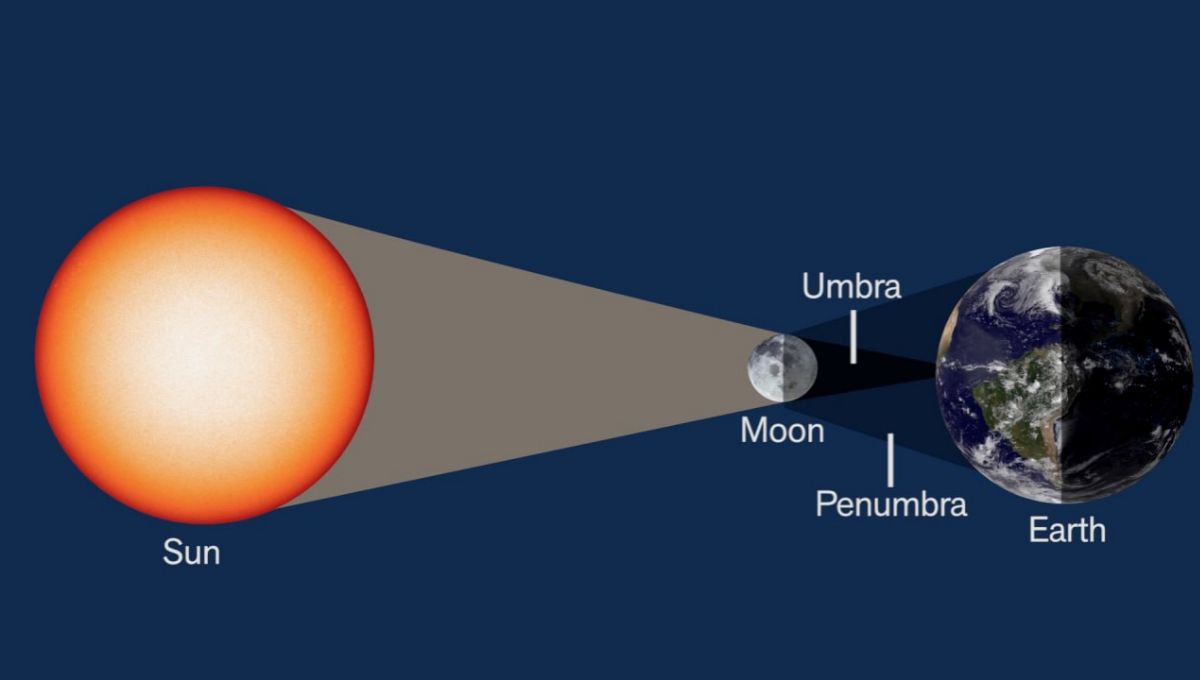
What Is the Path of Totality?
The Path of Totality is the narrow zone on Earth where you can see the full solar eclipse. This path is never more than 167 miles wide. As the Earth rotates and the Moon orbits, this shadow moves across Earth like a trail.
Can I See It from the Same Place Again?
If you wait at one location, you may have to wait 300 years or more to see another total solar eclipse. That’s how rare it is to have the path of totality cross the same spot again.
Conclusion:
A solar eclipse is a rare and beautiful celestial event. It only happens when the Sun, Moon, and Earth align perfectly. Thanks to the perfect size and distance of the Moon, we on Earth can witness total eclipses. If you ever get the chance to see one — don’t miss it!
FAQs:
Q1. What causes a solar eclipse?
A solar eclipse happens when the Moon blocks the Sun’s light by coming between the Sun and Earth.
Q2. Can we see solar eclipses everywhere on Earth?
No, only people in the path of the Moon’s shadow (path of totality) can see a full eclipse.
Q3. How often do total solar eclipses happen?
Globally, once every 18 months, but rarely in the same location.
Q4. What’s the difference between annular and total eclipse?
In a total eclipse, the Moon fully covers the Sun. In an annular eclipse, a bright ring of the Sun is still visible.
Q5. Can solar eclipses harm our eyes?
Yes, looking at the Sun without proper eye protection can damage your eyes. Always use eclipse glasses.
Read This Also…
India vs England 4th Test Live Score: England at 225/2, Duckett and Crawley Dominate
Zimbabwe vs South Africa, SA Defeats Zimbabwe, Qualifies for Tri-Series Final – Match Highlights 2025



